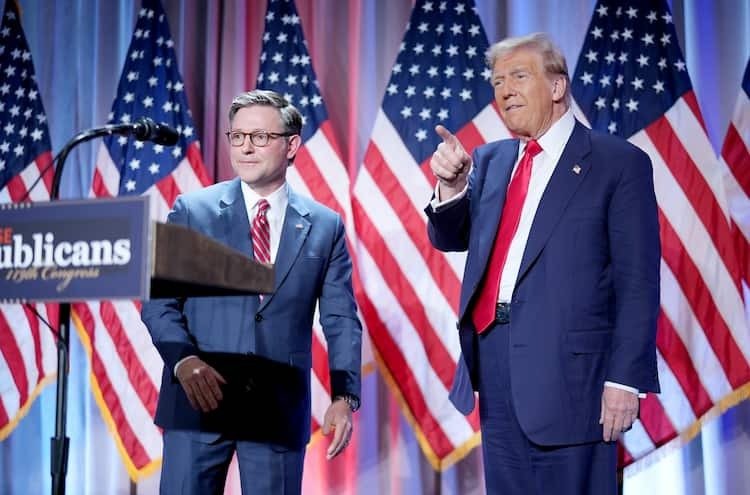The U.S. House of Representatives has officially passed a Republican-led budget framework, marking a critical moment in the nation’s fiscal policy direction. The approval of this budget blueprint reflects not only the current Republican majority’s commitment to redefining government spending but also the underlying tensions between fiscal responsibility, economic growth, and political partisanship. This framework lays the groundwork for upcoming legislative battles and shapes the outlook for key areas such as defense, entitlement programs, and taxation. In this article, we explore the significance of the framework, the reactions from both political parties, and what this means for American taxpayers and the broader economy.
### **Understanding the Republican Budget Framework**
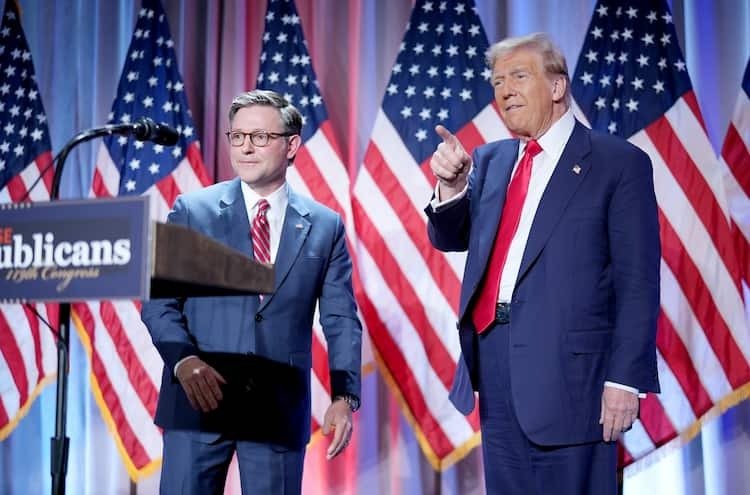
The newly passed budget framework, introduced by the House Budget Committee under Republican leadership, is a comprehensive proposal intended to balance the federal budget over the next decade. It sets broad spending priorities and outlines the GOP’s fiscal philosophy: reduced government spending, deregulation, and pro-growth tax policies.
At the heart of the framework is a deep emphasis on reducing the national deficit and debt. The plan proposes significant cuts to discretionary spending, especially targeting social welfare programs, while increasing allocations for defense and border security. It’s designed not as a binding legal document but as a strategic guide for the appropriations process and future legislative efforts.
### **Key Components of the Budget Plan**
The Republican budget framework includes several key provisions:
1. **Balancing the Budget in 10 Years:**
A primary goal is to eliminate the federal deficit within a decade. This requires aggressive spending cuts across non-defense programs, amounting to trillions of dollars over ten years.
2. **Entitlement Reform:**
The framework calls for major changes to Medicare, Medicaid, and Social Security, with an eye toward sustainability. It proposes transitioning Medicare into a premium-support model, granting seniors more private plan options.
3. **Defense and Security Funding:**
The budget significantly boosts defense spending, citing global instability and the need for a stronger military presence. It also increases funding for homeland security and border enforcement.
4. **Tax Reform:**
Reinforcing the GOP’s longstanding platform, the framework supports making the Trump-era tax cuts permanent, further reducing corporate and personal income taxes to stimulate growth.
5. **Curbing Government Overreach:**
The budget emphasizes shrinking the size of federal agencies and rolling back regulations that Republicans believe stifle economic development.
### **Political Reactions: Partisan Lines Deepen**
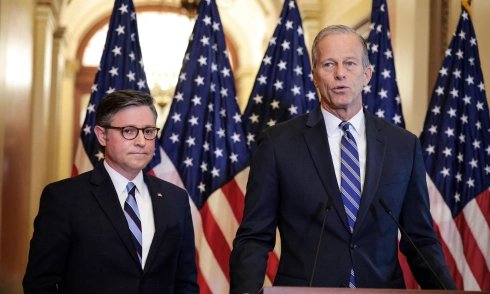
The House vote followed predictable party lines, with most Republicans supporting the framework and Democrats opposing it. GOP leaders hailed the passage as a win for fiscal sanity and a necessary step to address the nation’s unsustainable debt trajectory.
House Speaker Mike Johnson commented, _“This budget represents a turning point. It’s a serious plan to put America back on a path to prosperity and security.”_ He added that tough choices had to be made, but the end goal is a stronger, more solvent nation.
Conversely, Democrats criticized the framework as an attack on working-class Americans. House Minority Leader Hakeem Jeffries denounced the plan, calling it _“a thinly veiled attempt to gut essential services and reward the wealthy.”_ Democrats argue that the proposed cuts to Medicare, Medicaid, and food assistance programs would disproportionately hurt low-income families and the elderly.
### **Implications for American Households**
If the budget framework were to become the foundation for actual appropriations bills and fiscal policy, American households could experience significant changes. For some, reduced taxes and deregulation might offer economic benefits. For others, especially those relying on federal programs, the effects could be deeply felt.
**Healthcare Access:**
The proposed changes to Medicare and Medicaid could alter eligibility and benefits, potentially increasing out-of-pocket costs for millions of Americans.
**Education and Housing:**
Discretionary spending cuts might impact federal education grants, housing subsidies, and urban development programs, forcing state and local governments to fill the void or scale back services.
**Tax Code Adjustments:**
While lower tax rates could increase take-home pay for many Americans, critics argue that the benefits disproportionately favor corporations and higher-income individuals.
### **Economic Impact: Growth or Contraction?**
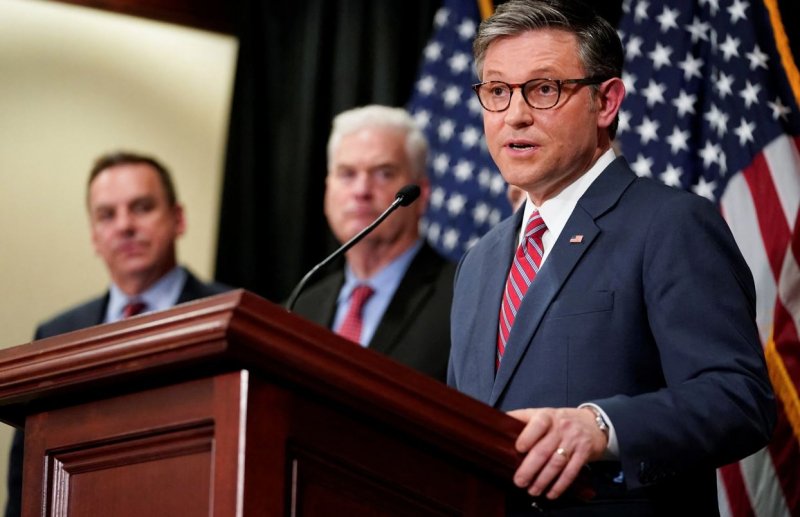
Economists are divided on the budget’s long-term effects. Proponents argue that reducing the deficit and debt will lower inflationary pressures, improve investor confidence, and spur private-sector growth. They believe that a leaner government creates a more dynamic economy.
However, others warn that steep cuts in public spending—especially in infrastructure, education, and healthcare—could stifle economic growth and widen inequality. The Congressional Budget Office (CBO) has yet to score the full proposal, but preliminary analyses suggest that immediate austerity measures could slow GDP growth in the short term.
### **The Road Ahead: Senate Resistance and Reconciliation**
While the House’s passage is a political victory for Republicans, the battle is far from over. The budget framework now moves into a complex legislative process. The Democratic-controlled Senate is unlikely to adopt the plan in its current form, setting the stage for a contentious negotiation period.
The budget reconciliation process, which allows certain fiscal bills to bypass the filibuster, could be a tool for advancing key elements of the framework. However, doing so requires alignment among all Senate Republicans and careful maneuvering to ensure compliance with procedural rules.
Moreover, moderate Republicans in both chambers may resist the more extreme cuts proposed in the framework, particularly those that impact popular programs like Social Security and Medicare.
### **Public Opinion and Grassroots Mobilization**
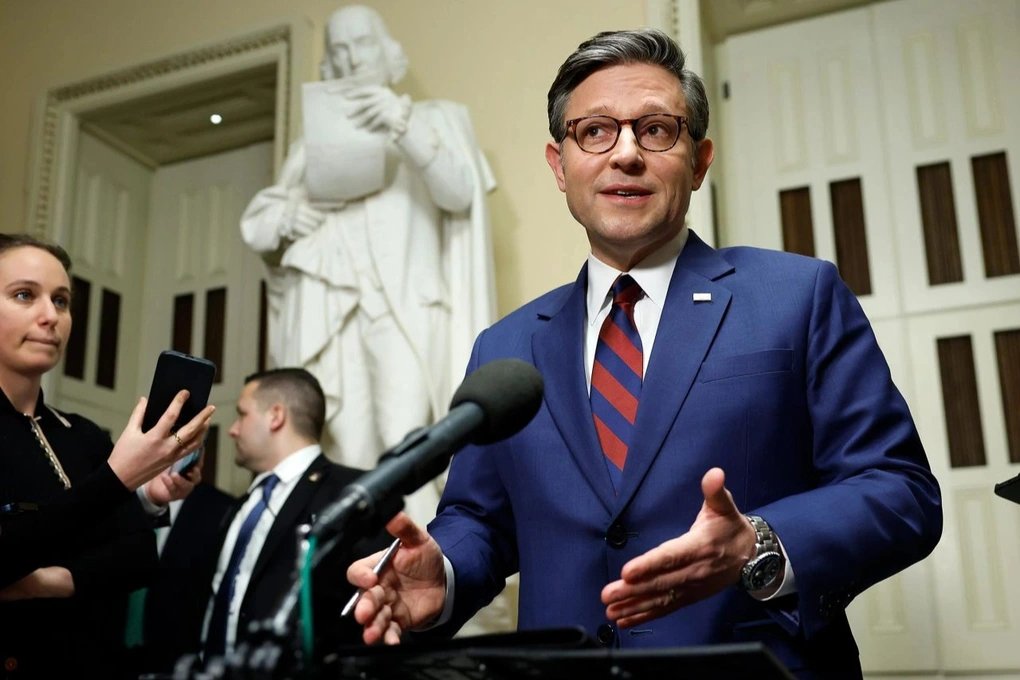
The budget debate is not confined to Capitol Hill. Advocacy groups, think tanks, and grassroots organizations are mobilizing in response to the House vote. Conservative groups like Americans for Prosperity are praising the move as long-overdue fiscal discipline, while progressive organizations like MoveOn and the Center on Budget and Policy Priorities are organizing campaigns to oppose the cuts.
Recent polls suggest that Americans are deeply concerned about national debt but remain wary of cuts to entitlements. This public ambivalence poses a challenge for lawmakers trying to balance economic prudence with voter approval.
### **Historical Context: Echoes of Past Budget Battles**
This is not the first time Republicans have advanced an ambitious budget proposal aimed at reining in government spending. Similar frameworks were introduced during the Obama and Trump administrations, often sparking fierce debates but rarely resulting in comprehensive reform.
The current proposal follows a pattern of using budget frameworks as political statements rather than blueprints for bipartisan legislation. Nonetheless, they are crucial tools for defining party priorities and shaping the national conversation.
### **Conclusion: A Defining Moment in Fiscal Policy**
The passage of the Republican budget framework by the U.S. House of Representatives is more than just a legislative milestone—it’s a reflection of deep ideological divides in American politics. While it signals a commitment to reducing government spending and addressing the deficit, it also raises serious questions about equity, governance, and the role of public programs in a modern economy.
As the framework moves to the Senate and sparks further debate, its fate remains uncertain. What is clear, however, is that this budget sets the tone for the 2025 fiscal year and lays the foundation for the next phase of America’s ongoing debate over taxation, spending, and economic priorities.
Whether one sees it as a responsible act of fiscal stewardship or a dangerous step toward austerity, the passage of this budget framework marks a defining moment—one that could shape U.S. domestic policy for years to come.
